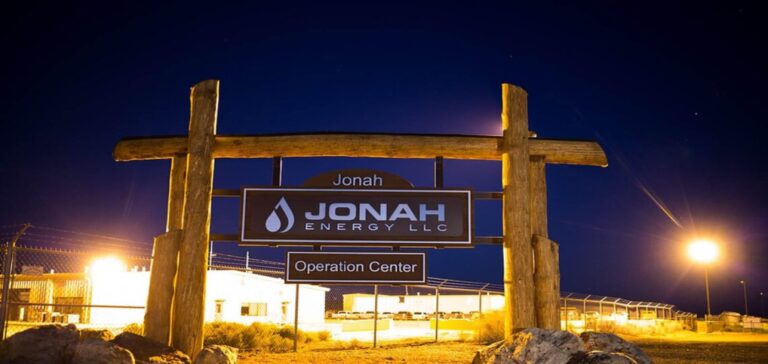Jonah Energy closes its first securitized financing transaction for a $750 million investment.
A realized financing
Jonah Energy announces that the offering is a combination of $275 million backed by listed oil and gas assets. They are 7.200% Class A-1, Series 2022-1. The other portion, in the amount of $475 million, is 7.800% Class A-2, Series 2022-1.
Fitch rates A-1 bills as “A-” and A-2 notes as “BBB+”. Jonah Energy will use the proceeds from the transaction to repay outstanding loans. In addition, the investment will also be used for general corporate purposes.
Jonah’s assets are located in the Greater Green River Basin in Sublette County, Wyoming. Specifically, this includes 2,400 producing wells and over 130,000 net acres of acreage. The location is conducive to high-margin operations.
A securitization of production
Jonah’s financing is particularly noteworthy because it is the largest PDP securitization to date. Tom Hart, CEO of The Jonah Group states:
“I am pleased to have completed a long-term financing transaction that fully repays our RBL, providing us with a strong balance sheet to pursue the significant drilling opportunities we have on our acreage and the strategic opportunities that may arise. We look forward to continuing our leadership role in producing the sustainable and differentiated natural gas the world needs.”
Jonah Energy has thus just completed a landmark securitized financing in sustainable natural gas production.
The Class A-1 Notes are being offered privately to qualified institutional buyers. A-2 Notes are used for private transactions with certain accredited investors. Finally, they cannot be sold in the United States or to U.S. persons without registration.
Guggenheim Securities serves as sole structuring advisor and placement agent. The intermediary focuses on environmentally friendly natural gas production. Finally, the company congratulates Johna Energy on the closing of its securitization.






















